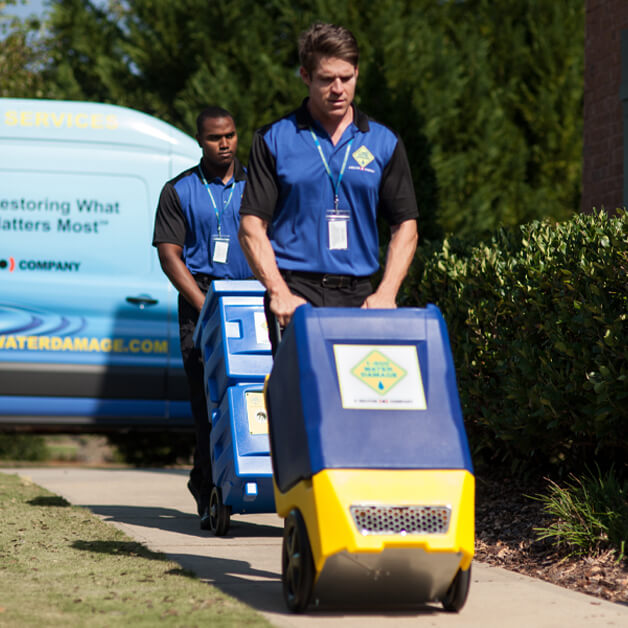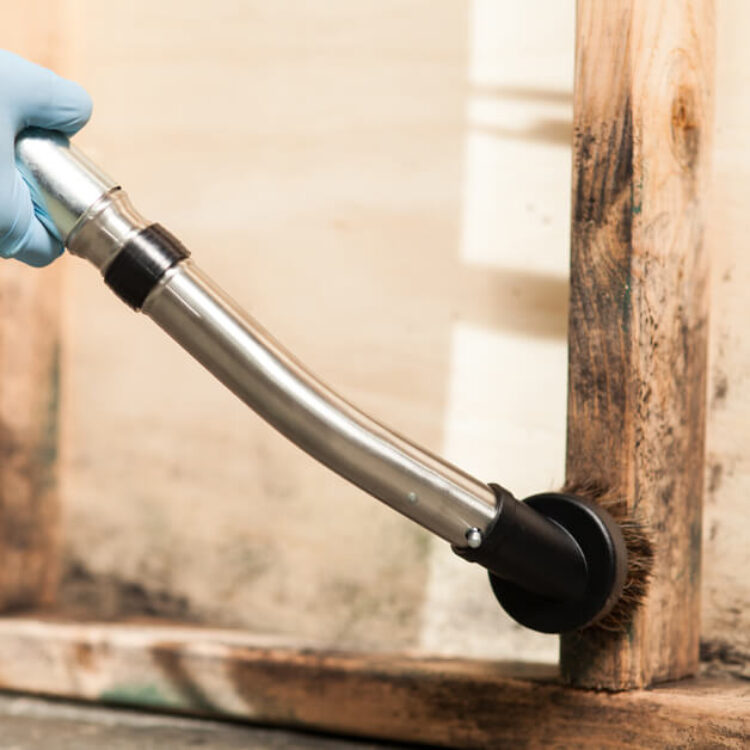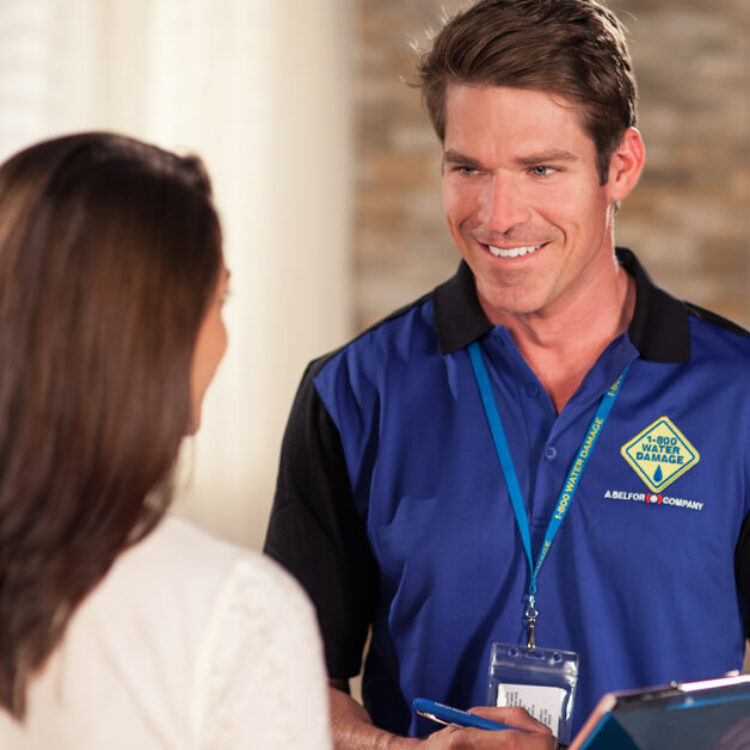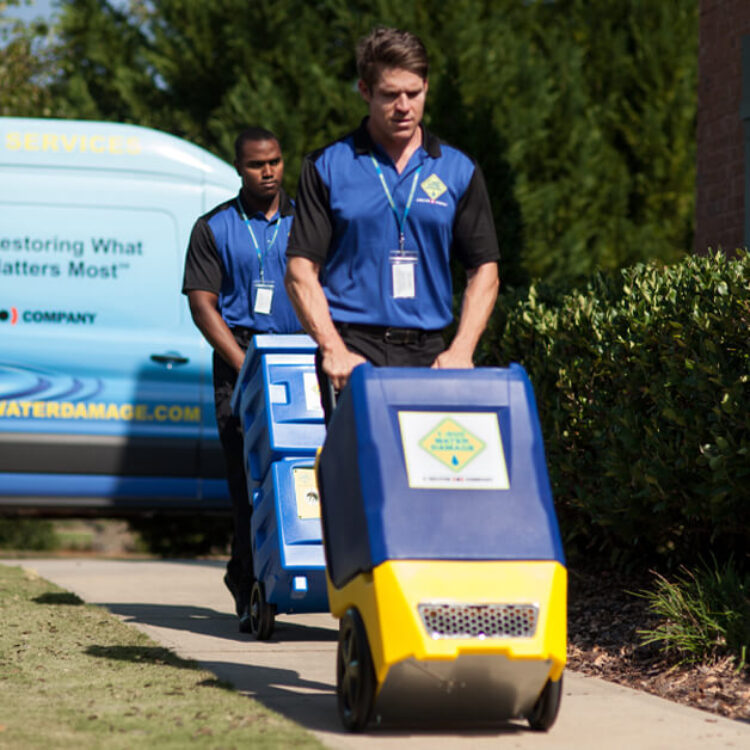
Proudly Serving Salt Lake City
1-800 WATER DAMAGE of Northern Utah is the trusted name in restoration services for Salt Lake City. Dealing with disasters such as flooding, fire, sewage, mold and more can be stressful. Often, these situations occur unexpectedly—do you know who to call if it happens to you? We have over a decade of industry-leading experience and our highly-trained professionals have the tools and knowledge necessary to get your property looking like new again.
-

Facts About Salt Lake City
Salt Lake City (often shortened to Salt Lake and abbreviated as SLC) is the capital and the most populous municipality of the U.S. state of Utah. With an estimated population of 190,884 in 2014, the city is the core of the Salt Lake City metropolitan area, which has a population of 1,153,340 (2014 estimate). Salt Lake City is further situated within a larger metropolis known as the Salt Lake City–Ogden–Provo Combined Statistical Area. This region is a corridor of contiguous urban and suburban development stretched along an approximately 120-mile (190 km) segment of the Wasatch Front, comprising a population of 2,423,912 as of 2014. It is one of only two major urban areas in the Great Basin (the other is Reno, Nevada).Geography
Salt Lake City has an area of 110.4 square miles (286 km²) and an average elevation of 4,327 feet (1,319 m) above sea level. The lowest point within the boundaries of the city is 4,210 feet (1,280 m) near the Jordan River and the Great Salt Lake, and the highest is Grandview Peak, at 9,410 feet (2,868 m).
The city is in the northeast corner of the Salt Lake Valley surrounded by the Great Salt Lake to the northwest and the steep Wasatch and Oquirrh mountain ranges on the eastern and southwestern borders, respectively. Its encircling mountains contain several narrow glacial and stream carved canyons. Among these canyons, City Creek, Emigration, Millcreek, and Parley’s border the eastern city limits.
Demographics
According to estimates from the U.S. Census Bureau, as of 2016, there were 193,744 people in Salt Lake City. The racial makeup of the county was 65.0% non-Hispanic White, 2.5% Black, 1.1% Native American, 5.6% Asian, 1.7% Pacific Islander, and 2.8% from two or more races. 21.6% of the population were Hispanic or Latino of any race.
At the 2010 census, Salt Lake City’s population was 75.1% White, 2.6% African American, 1.2% American Indian and Alaska Native, 4.4% Asian, 2.0% Native Hawaiian and other Pacific Islander, 10.7% from other races and 3.7% of mixed descent. 22.3% of the total population were Hispanic or Latino of any race. The city’s population has historically been predominantly white. Between 1860 and 1950 whites represented about 99% of the city’s population but this changed dramatically in the decades that followed.
Discover the 1-800 WATER DAMAGE difference for yourself when you call 435-626-4495 for water damage and property restoration services in Salt Lake City.
-
Request A Quote Or Service Today
Salt Lake City Water & Flood Damage Restoration
Our Salt Lake City crew uses state-of-the-art tools and old-fashioned knowhow to read moisture levels, assess the type of water responsible for the damage, dehumidify, extract excess water, and thoroughly dry out your home. We will work quickly and efficiently to restore what’s most important to you. Since we’re familiar with Salt Lake City’s building codes, you can rest assured that we’ll get the job done with those regulations in mind.

Mold Damage Remediation in Salt Lake City
Although you aren’t always able to see mold, left untreated, it can harm your home and health. Our mold damage restoration specialists have the training and experience to remove mold and restore your property. We’ll work quickly and efficiently to minimize mold exposure in your home or business.

Sewage Cleanup
When it comes to dealing with the waste and harmful contaminants involved in sewage cleanup, you’ll want to call in the professionals. Our Salt Lake City crew of professionals has extensive experience and knowledge handling everything from initial sewage clean-up to water damage restoration. We will leave your home clean and sanitized in no time.

Biohazard Cleaning
We are here to work closely with property owners to reduce the stress involved after a traumatic event. Our services include cleaning, removing, and disinfecting any biohazard materials or waste to restore your property back to its pre-incident condition. Our team of professionals are fully trained to handle your situation with discretion.

Commercial Services
1-800-WATER DAMAGE offers more than residential restoration services! We also provide fast, reliable solutions for a wide range of commercial properties across Salt Lake City, Bountiful, Roy, and surrounding areas, including condos, office buildings, apartment complexes and more. In addition to all of our restoration services, we also offer our commercial clients a comprehensive range of cleaning and sanitizing solutions.

Damage Restoration Company in Salt Lake City
Damage can happen at any time, and it’s often when you’re least prepared for it. Luckily, if it does occur in your Salt Lake City home, you can trust 1-800 WATER DAMAGE to provide damage restoration services.
Though our name highlights a storied history with water damage restoration, we’re so much more than that. Whether it’s sewage cleanup, mold damage remediation or fire and smoke restoration, we’re here to provide full restoration services.
What Can 1-800 Water Damage Help Restore?
When you’re looking for a Northern Utah damage restoration company, you want a reliable team that understands what it’s doing. We’ve helped thousands of customers clean up after a disaster and get their homes back to pre-incident condition.
If damage occurs at the office, we can help. We’ll clean up the damage and ensure your employees can get back to work, with minimal interruptions to the daily office routine.
Get in Touch With Us
When you’re in need of our services, all you need to do is come to our website and put in a service request or give us a call. We’ll take care of the rest.


